[19:42 Fri,19.May 2023 by Thomas Richter] |
The idea is actually impressive: what if you replace the always too small screen of a laptop with a virtual display via augmented reality (AR) glasses? This has several advantages: the screen becomes independent of the size of the laptop and much less space is needed to work - a small area for the laptop as a keyboard is sufficient. Similar to foldable smartphones, this should resolve the contradiction between the smallest possible design for maximum mobility and the largest possible display for maximum usability. 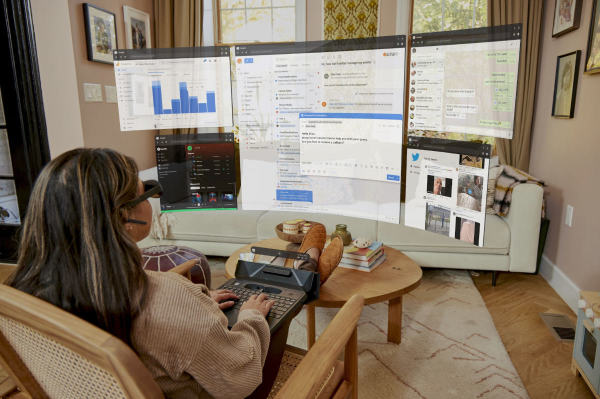 Spacetop Another advantage, in contrast to physical displays, is the absolute privacy of the displayed content - no one but you can see what is currently being shown on the virtual screen - practical for confidential or very personal communications or documents. Sightful, a startup founded by two Israeli engineers who previously worked at mixed reality specialist Magic Leap, has now made this vision a reality: their so-called Spacetop AR laptop doesn&t have a screen of its own, but uses lightweight augmented reality glasses from By means of the built-in acceleration sensors, the glasses automatically detect head movements and can thus always show the virtual display at the same position in space even when the user changes position - just as if it were actually standing there. Since it does not move with the head, it is also possible to view different parts of the screen by tilting the head. The display also zooms in when you lean closer and zooms out when you move away - then you get an overview of all open apps and tabs. This intuitively conveys a physical reality of the virtual screen, which feels more real than a simple AR display that moves with every movement of the head and thus seems to be attached to the head. 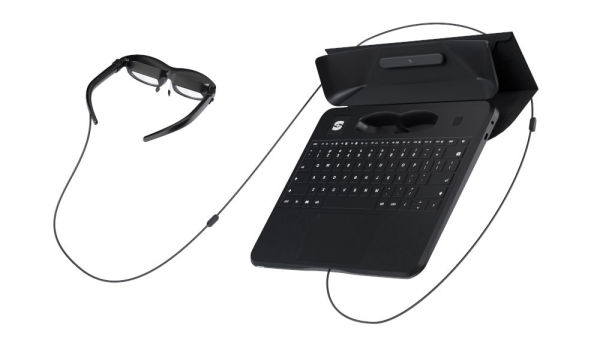 Spacetop For example, a classic external monitor can be connected via two USB-C ports to show others something on the screen. However, the power of the integrated battery is only enough for 5 hours of operation despite the saved display and the relatively large weight. A pair of headphones is integrated into the glasses, so the audio also remains completely private. Very practical for eyeglass wearers is the possibility to use lenses with the right prescription - so you don&t have to awkwardly put the AR glasses over your own glasses to be able to view the environment sharply. 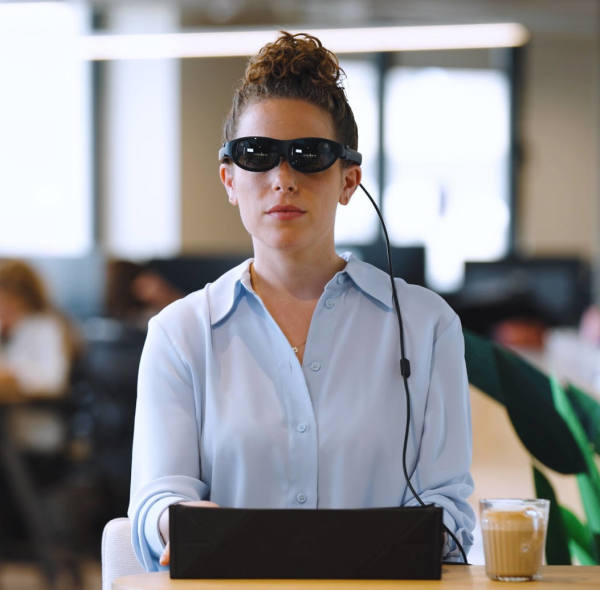 Spacetop Weighing 1.5kg and measuring around 10.5", the Spacetop augmented reality laptop costs ,000 and uses a Snapdragon 865 with 8GB of RAM and 256GB SSD as its SoC. A proprietary operating system, christened Spacetop OS and presumably based on Android, allows web-based applications that have been specially adapted to the system, such as Zoom, Gmail, YouTube, Microsoft Word/Teams, Google Workspace or Figma, to be run directly. The Spacetop will first be shipped to 1,000 early adopters starting in July, who are expected to provide feedback to improve it and then bring the Spacetop to market in a new version. 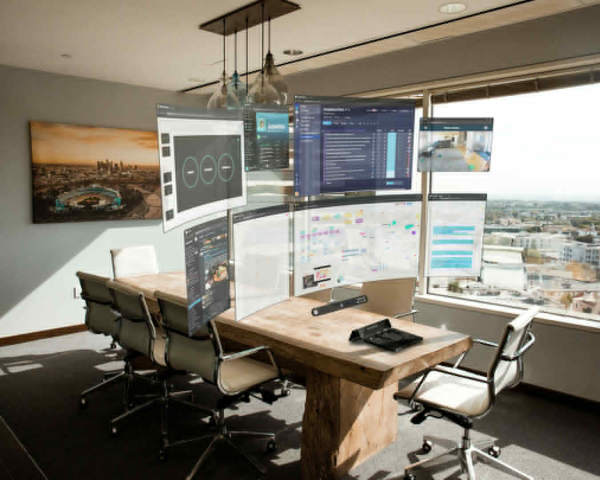 Spacetop There have been several attempts to use classic VR glasses as monitor replacements (such as 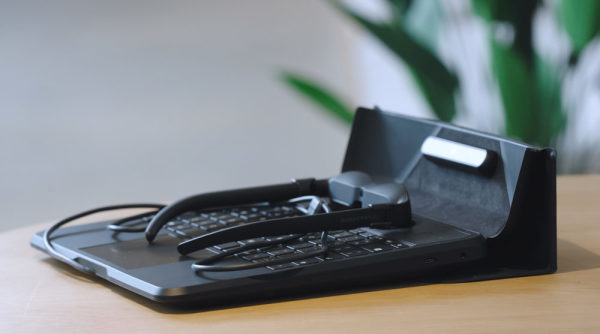 Spacetop A deutsche Version dieser Seite: Spacetop: Notebook mit virtuellem 100" Riesendisplay - per Augmented Reality Brille |





